climate protection
Our protective glass film products are climate-neutral
Climate-neutral protective glass films - what's behind it?
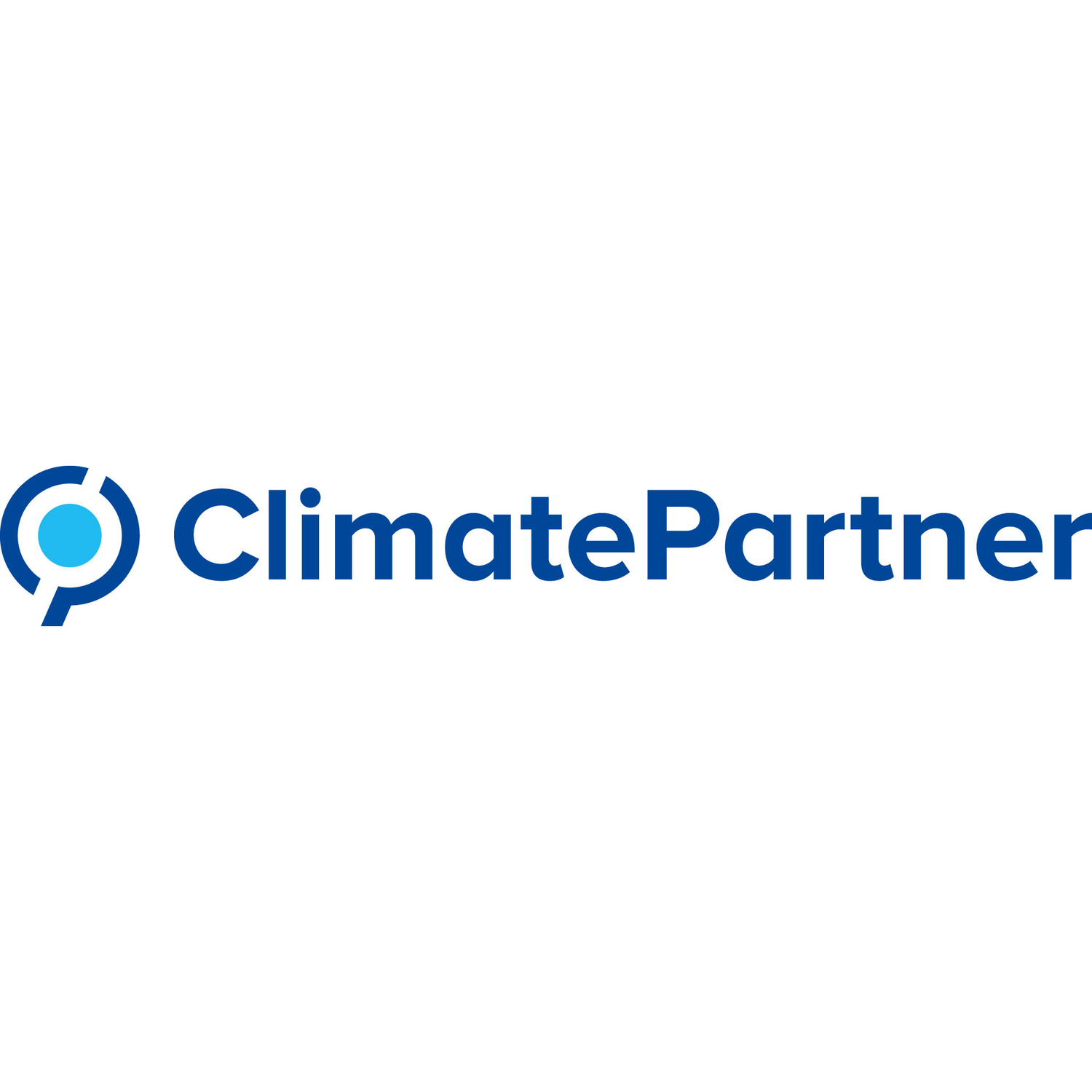
1. Determination of CO2 emissions
Together with ClimatePartner, we have recorded the CO2 emissions of our protective glass film products and created the Product Carbon Footprint (PCF): we have considered the raw materials, logistics, packaging and disposal according to the usual Cradle-to-Gate plus End-of-life.
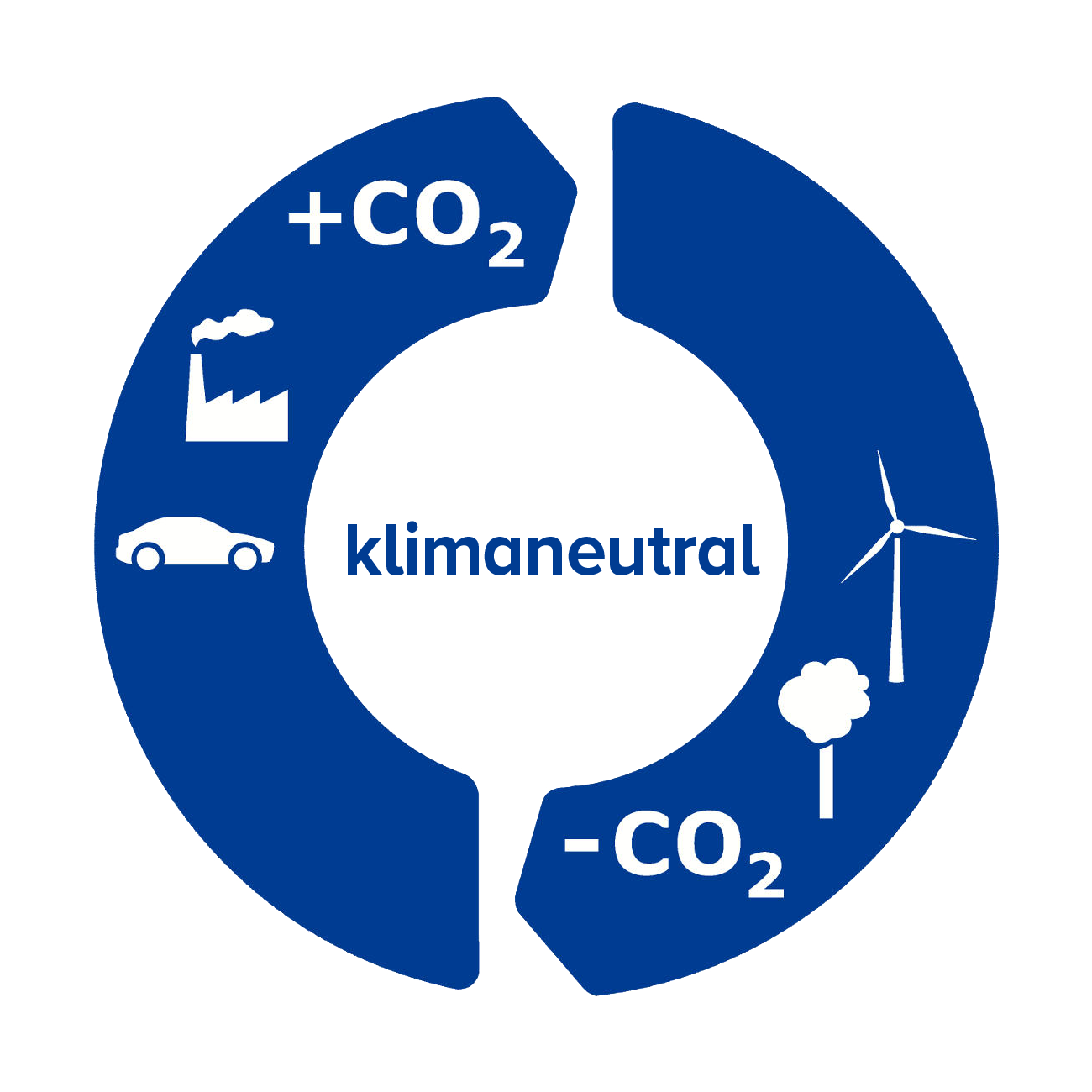
2. Avoid and reduce
Wherever possible, we avoid and reduce these CO2 emissions. Right from the start we have tried to reduce the amount of plastic in our packaging to a minimum. In addition, we are constantly optimizing supply chains and order quantities in order to keep unnecessary transport and the resulting CO2 emissions and packaging waste as low as possible. We update the PCF regularly and thus have an overview of the success of our measures.
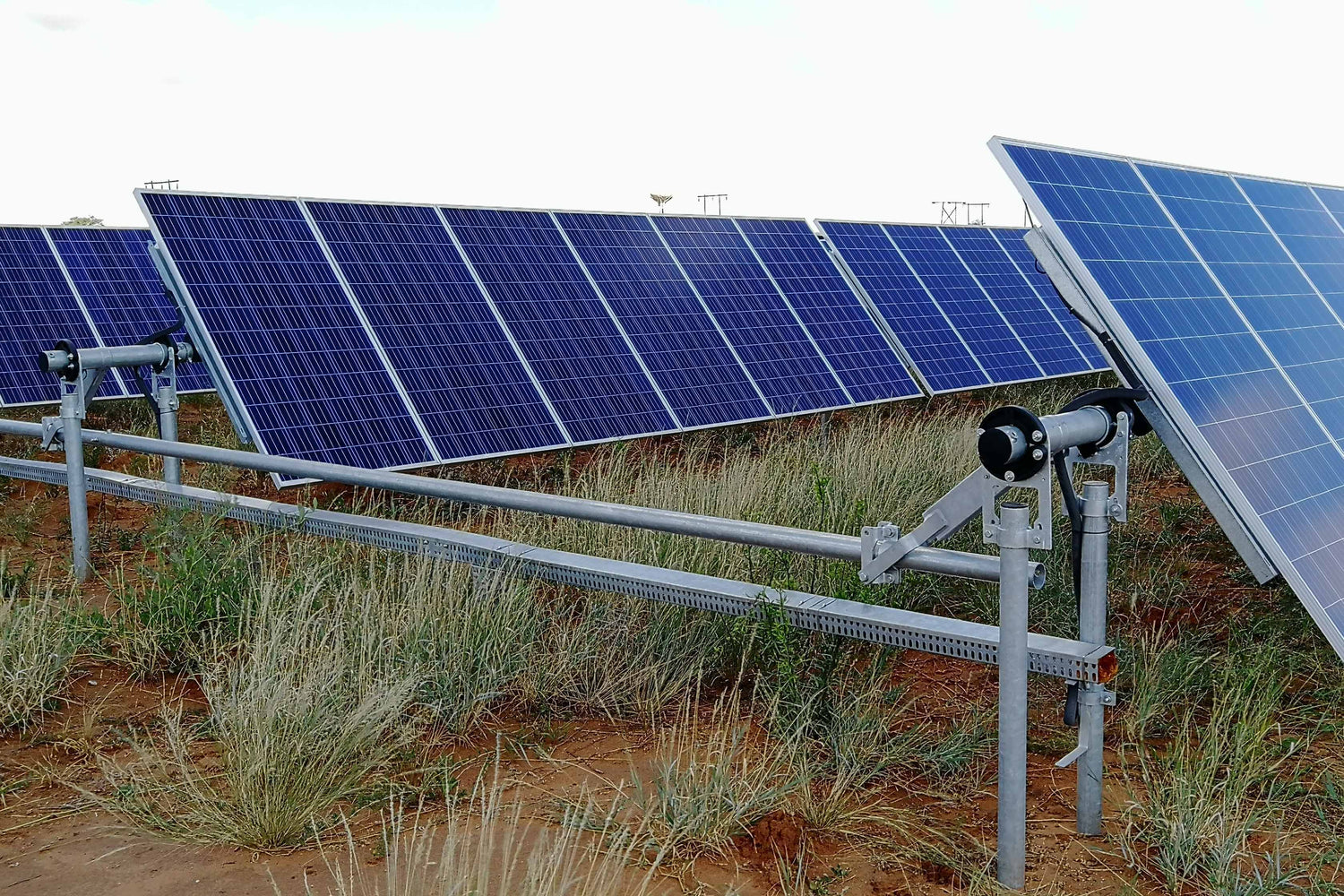
3. Compensation of CO2 emissions through a climate protection project
We offset all remaining CO2 emissions by supporting a climate protection project. That is why our protective glass film products are climate-neutral. Climate protection projects save CO2 - for example with reforestation measures or the replacement of climate-damaging technologies with climate-friendly alternatives. More information about our climate protection project at:
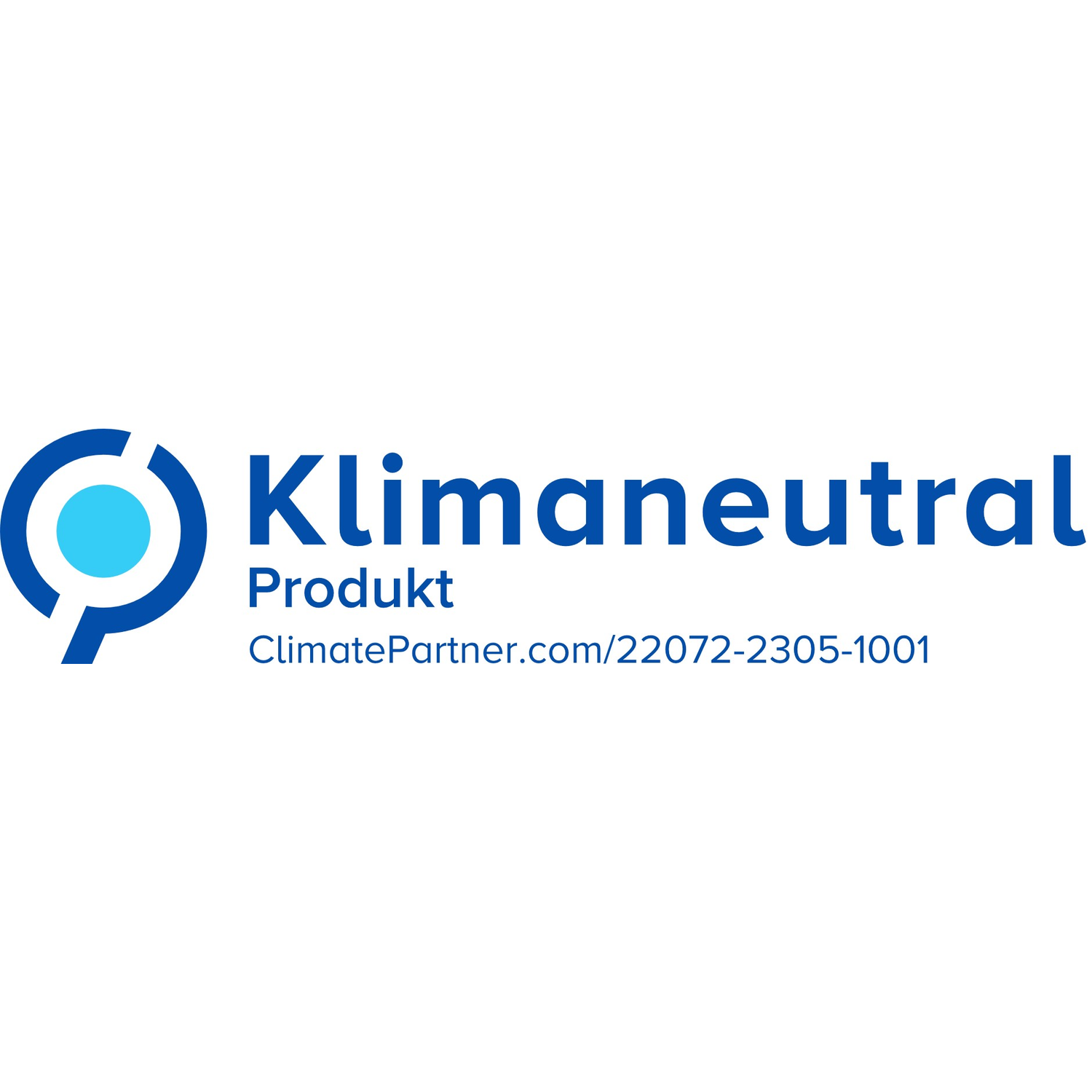
4. The “climate neutral” label
We label our protective glass film products with the independent label "climate neutral" and thus enable our customers to understand climate neutrality and learn more about the climate protection project. In this way, we contribute to the greatest possible transparency regarding the climate neutrality of our products.
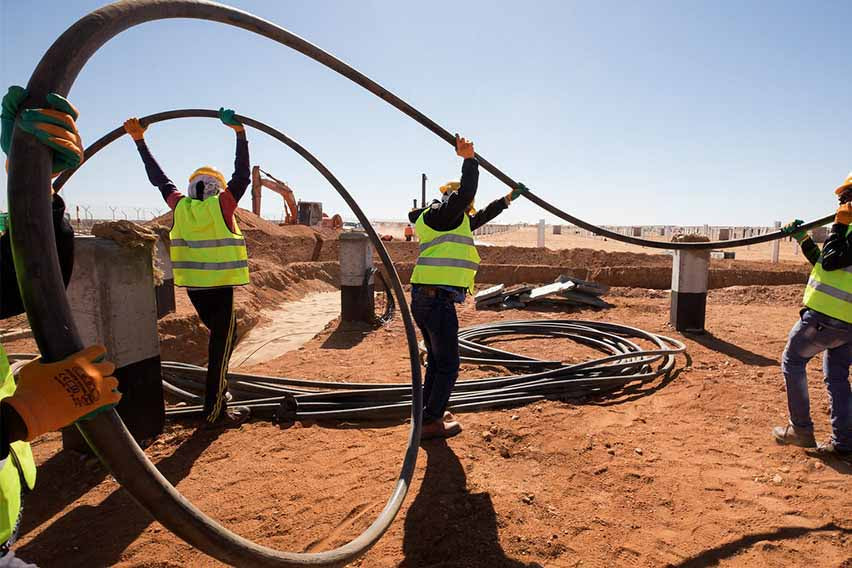
Our climate protection project
To offset our CO2 emissions, we support a recognized climate protection project that is certified according to international standards:
emPowering Africa, across the continent - For more green energy in Africa
More information about the project at:
